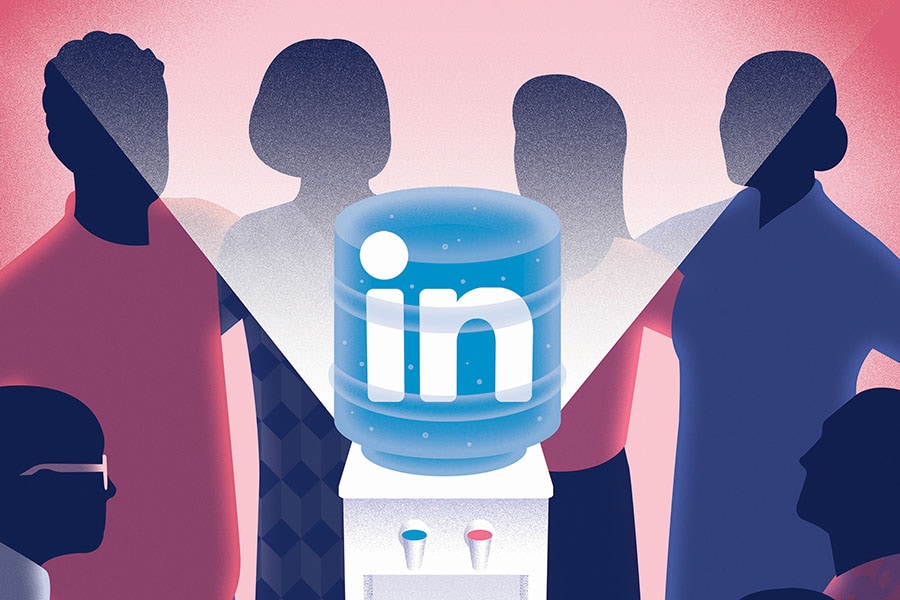
How LinkedIn became a place to overshare
Since the start of the pandemic, as office workers missed in-person interactions with colleagues, many people turned to LinkedIn to help make up for what they had lost, and the lines between work and personal updates became blurry
 “This isn’t Facebook,” users of LinkedIn complain. But others are finding it a valuable place to talk about much more than work. (Neil Webb/The New York Times)
“This isn’t Facebook,” users of LinkedIn complain. But others are finding it a valuable place to talk about much more than work. (Neil Webb/The New York Times)
About three years ago, Joel Lalgee started posting on LinkedIn. He works in recruiting, so naturally, he spent a lot of time on the site, where people list their work experience and job seekers look for their next gig. But he didn’t just write about work. He wrote about his personal life: the mental health challenges he faced as a teenager, and his life since. “Being able to share my story, I saw it as a way to connect with people and show you’re not alone,” he said.
Something else happened, too. “Six months in, I started seeing a big increase in engagement, followers, inbound business leads,” said Lalgee, 35. He now has more than 140,000 followers on LinkedIn, up from the 9,000 he had before he started posting.
“The way you can go viral is to be really vulnerable,” he said, adding, “Old school LinkedIn was definitely not like this.”
LinkedIn, which was started in 2003, was first known primarily as a place to share résumés and connect with co-workers. It later added a newsfeed and introduced ways for users to post text and videos. The site now has more than 830 million users who generate about 8 million posts and comments daily.
Since the start of the pandemic, as office workers missed in-person interactions with colleagues, many people turned to LinkedIn to help make up for what they had lost. They started talking about more than just work. The boundaries between office and home lives became blurrier than ever. As personal circumstances bled into workdays, people felt emboldened to share with their professional peers — and found interested audiences both in and beyond their networks.
©2019 New York Times News Service







